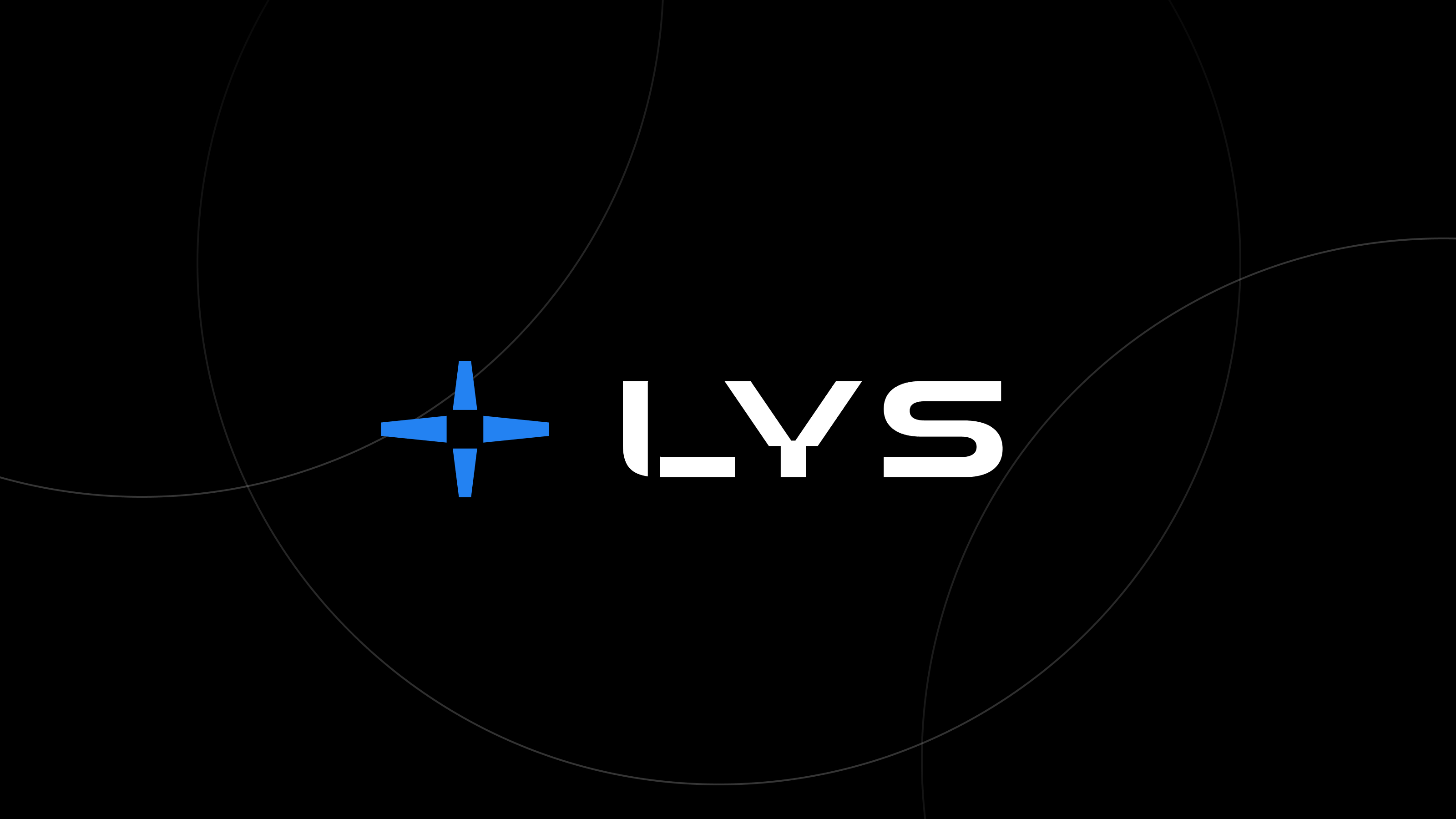Custodial vs Non-Custodial Wallets

When first entering crypto, one of the most crucial decisions you will make is choosing between custodial and non-custodial wallets. Your choice goes beyond convenience; it's also about your level of control, your approach to security, and whether you want a middleman managing your assets.
Custodial Wallets
With a custodial wallet, you are handing your private keys (and therefore your asset control) over to a third party. Most commonly, this is an exchange or service provider. For many newcomers, this setup is convenient, providing a familiar, banking-like experience where you log in with a password, reset it if you forget, and generally leave the back-end security to the custodian (like Binance, etc).
There’s a certain peace of mind in not having to worry about key management, and custodial wallets make it easy to recover lost passwords or access additional features like staking or insurance. But this convenience comes at a cost because you’re essentially trusting someone else with your assets. In the world of crypto, that means accepting the risks that come with centralization. If the provider experiences a hack, financial troubles, or regulatory issues, your funds could be frozen or worse. While custodians generally make the experience smooth, they also often limit withdrawals or impose extra conditions that could restrict your access when you need it most.
For those who prefer a guided experience and don’t want the responsibility of self-managing their security, custodial wallets offer a friendly on-ramp. But they require a degree of trust in a third party, something that not everyone is comfortable with…
Non-Custodial Wallets
Non-custodial wallets represent true ownership. When you use a non-custodial wallet, you’re fully in charge of your private keys, which means no intermediary has access to your funds or can restrict your activity. For many in crypto, non-custodial wallets are the only way to achieve real control over assets.
This independence comes with some responsibility though. Managing your own keys means if you lose them, there’s no one to restore access, what’s lost is gone. It may seem intimidating at first, but for those who value control, non-custodial wallets are worth it. Many non-custodial wallets today offer intuitive interfaces, making them increasingly accessible, even for beginners.
Choosing non-custodial wallets also means better privacy. You’re not handing over personal details to a custodian or pooling your funds in a centralized account. Instead, you’re transacting directly on the blockchain, which maintains a layer of anonymity not possible with custodial wallets.
Non-custodial wallets are ideal for users who want to hold the reins and take control, embracing both the freedom and responsibility that come with it.
Why LYS Protocol Relies on Non-Custodial Architecture
At LYS Protocol, we designed our infrastructure with non-custodial principles. This choice reflects our belief in putting users in complete control of their assets. We understand that for our users, security and autonomy aren’t negotiable.
By using non-custodial architecture, only you have access to your private keys. The non-custodial design keeps us aligned with the decentralized nature of crypto and removes any need for trust in a third party. In other words, you’re the one in control, not us.
Additionally, using a non-custodial approach also enables LYS to remain transparent and user-focused. You’re free to make decisions on your terms, knowing that your funds aren’t held by an intermediary. In a volatile space like crypto, that independence and added security can make all the difference.
Finding the Wallet That Matches Your Needs
When it comes down to it, both custodial and non-custodial wallets serve their purpose. If you’re new to crypto and feel overwhelmed by private key management, a custodial wallet can ease you in, providing a safe starting point with some guidance. For those who prioritize autonomy and want to embrace the self-sovereign ideals of crypto, non-custodial wallets offer a level of control that’s unmatched.
As the crypto landscape continues to evolve, so do the tools that help us navigate it. LYS Protocol chose a non-custodial model to give users ultimate control and flexibility in managing their assets, enabling them to interact with crypto in a way that’s secure and transparent.
Whether you’re storing ETH for the long haul or actively engaging in DeFi, understanding these wallet types means you can make choices that align with your values and security preferences. Because in the end, crypto isn’t just about cool tech, it’s about giving you the freedom to manage your assets in the way that’s right for you.

